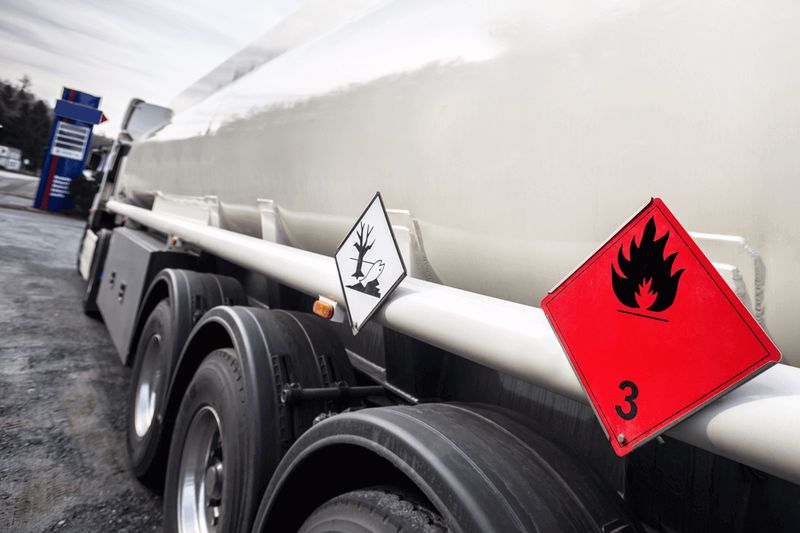19.10.2021
HOW SHOULD HAZARDOUS MATERIALS TRANSPORTATION BE DONE?
Every company in the logistics sector is in a position to act consciously. Airline, maritime, road or railway; whatever the methods are carried out on, great importance, attention and experience are required. Especially in high-risk logistics activities such as dangerous goods transportation, it is necessary to consider and act not only the rights, wishes and interests of the customer, but also the welfare of the world, other people, animals, and the environment in general. So, how should hazardous material transport be done? Let's examine it together. There are internationally valid standards that determine the criteria in dangerous goods transportation. The ADR (European Agreement on the International Transport of Dangerous Goods by Road), which is currently valid in 50 countries, sets these standards in road transport and expects all logistics activities to take place in accordance with them. Of course, in the transport of dangerous goods, roads such as railways, airlines and seaways are used as well as roadways. All these logistics services are secured by different international agreements. All these agreements are listed as follows; RID (European Agreement concerning the Carriage of Dangerous Goods by Railway) by railway, IMDG-Code (European Agreement concerning THE Carriage of Dangerous Goods by Sea) by sea, IATA-DGR (Directive on the Carriage of Dangerous Goods by Air) by air. In another regulation, which entered into force in 2011 and was revised in 2013, the responsibilities and working conditions of all stakeholders who provide services or take part in the transportation of dangerous goods by road were determined. In all these scopes, hazardous goods transportation is evaluated in 6 stages. These are: Packaging stage· Loading stage· Shipping stage· Transportation stage· Receiving stage· Unloading stage. Hazardous materials are divided into 13 as categories. Gases, flammable solids, explosive substances and objects, substances susceptible to spontaneous combustion, substances that release flammable gases in contact with water, oxidizing substances, organic peroxides, infectious substances, toxic substances, corrosive substances, radioactive substances, substances, and objects with different hazards are included in this group. Within these 13 groups, there are approximately 3,500 dangerous materials in total.WHAT IS HAZARDOUS MATERIAL TRANSPORTATION WITH ADR?
Transport of hazardous materials with ADR is a legal obligation that comes into play in the process of transporting dangerous goods by road. A vehicle with the appropriate document for the structure of the hazardous material or object to be transported on the road must be put on the road. Inspections and necessary inspections of all main and auxiliary vehicles planned to be used during transportation must be carried out. In addition, it is obligatory to place warning plate orange plates on all vehicles and tanks that will carry out road transportation.
